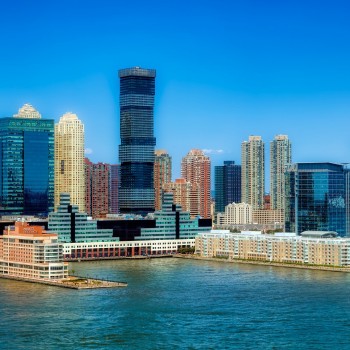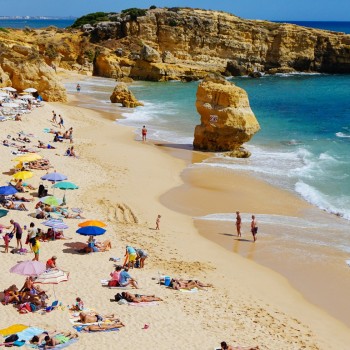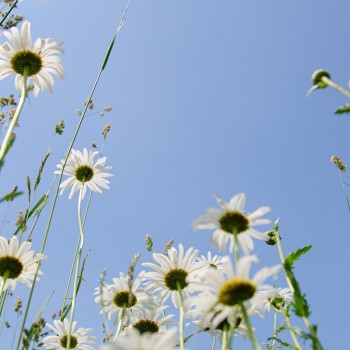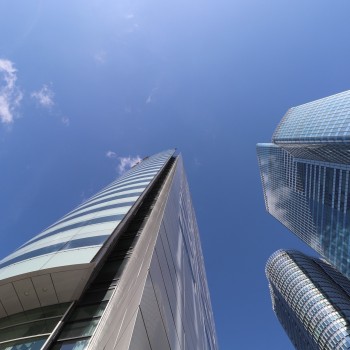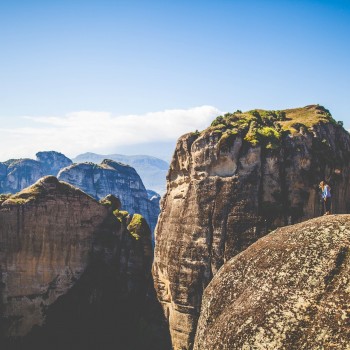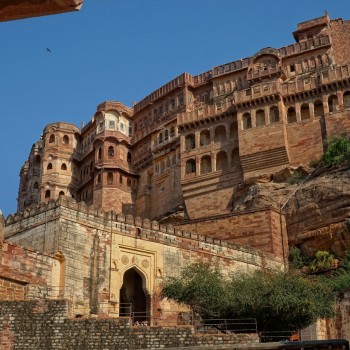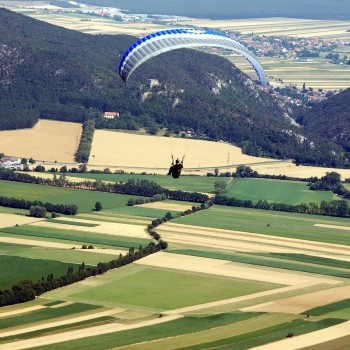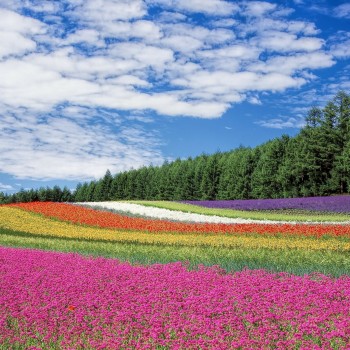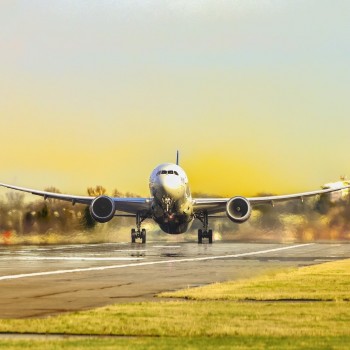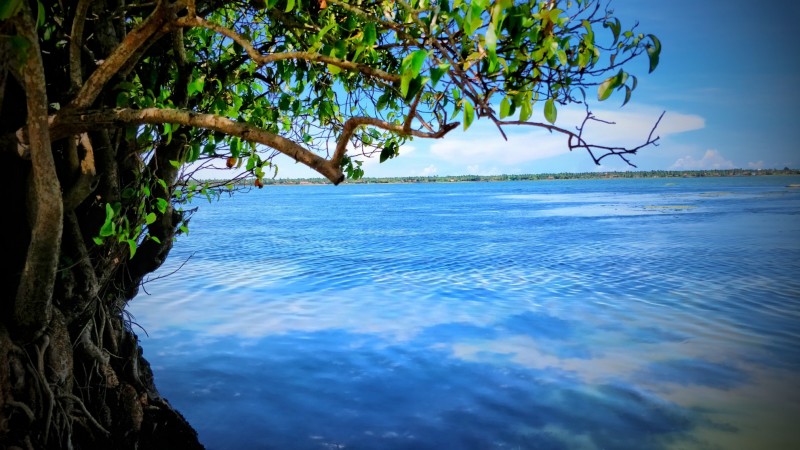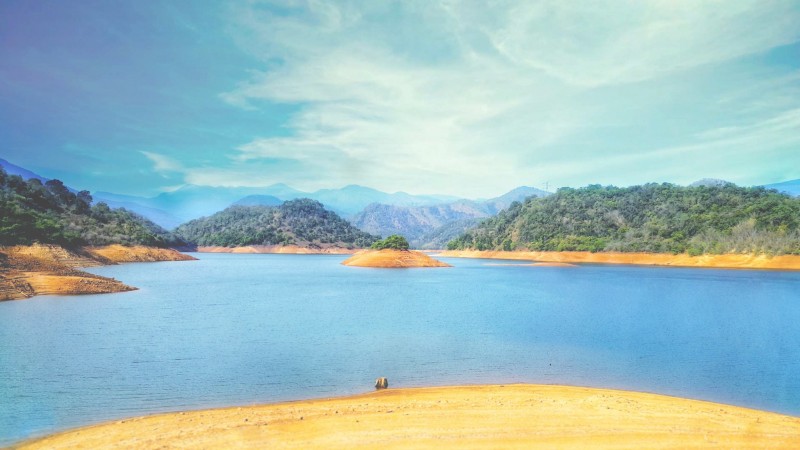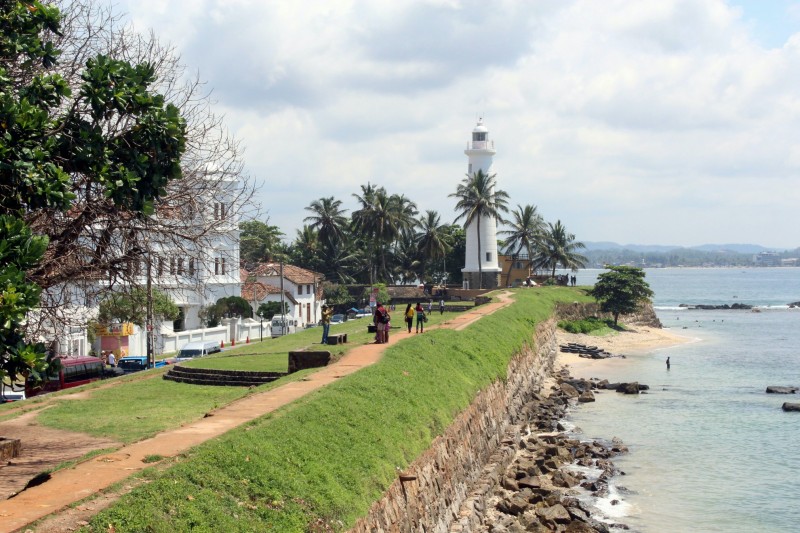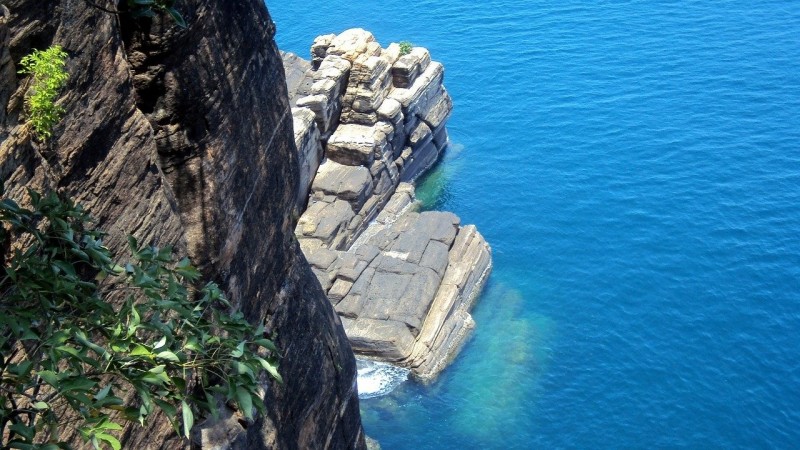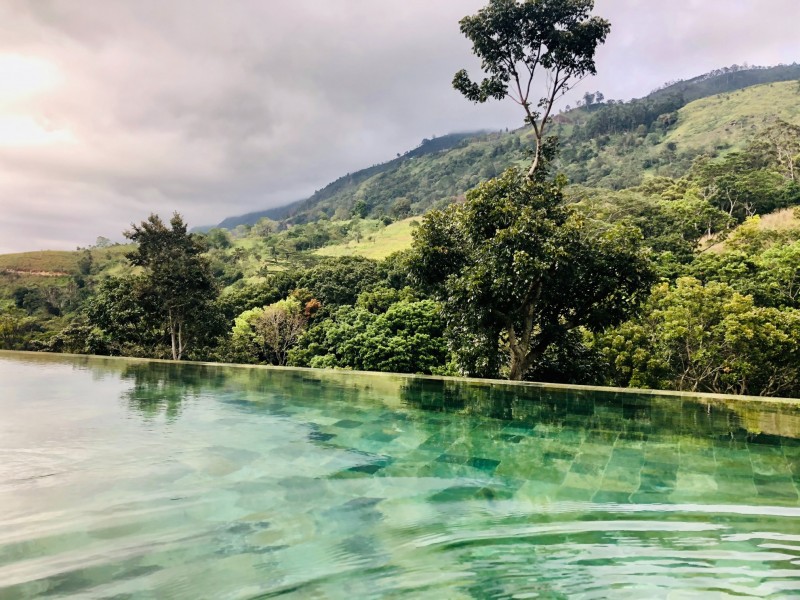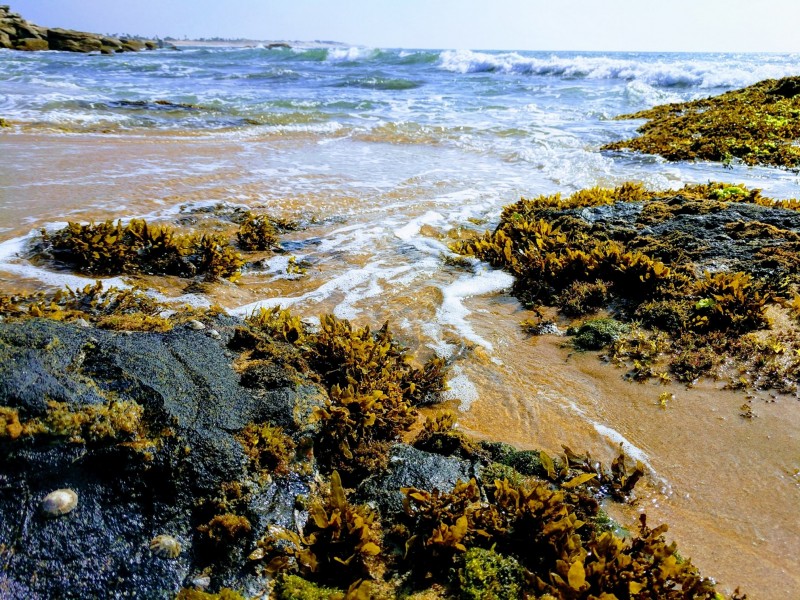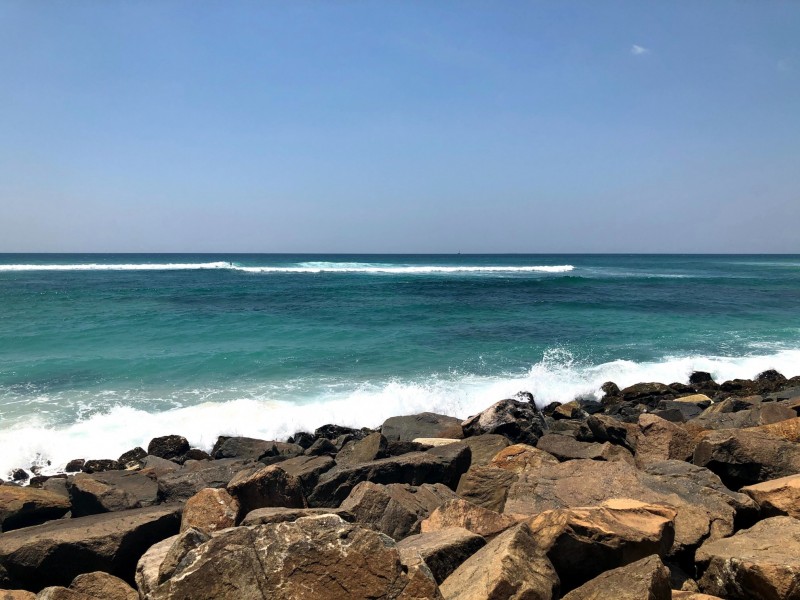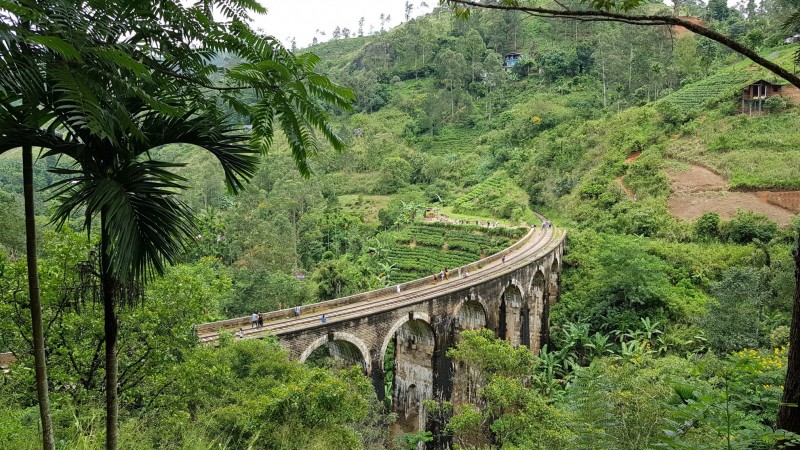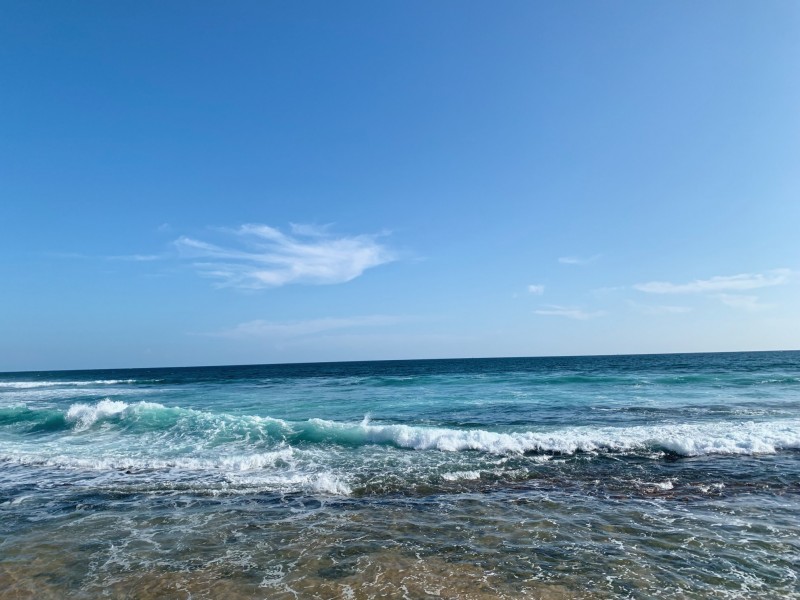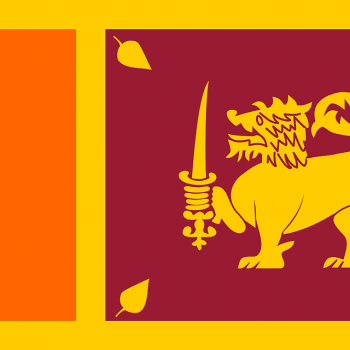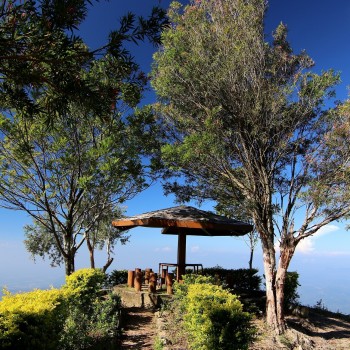Sri Lanka
Sri Lanka
Capital city description
Sri Lanka is one of the Asian countries with two capitals. The two capitals of Sri Lanka represent the two largest urban areas in the country, with a combined population of over 800,000. Colombo is considered both the economic and commercial center of Sri Lanka, all Sri Lanka's economic activities occur in this town. Colombo is a port city located in the southwestern part of the country. The city derives its principal significance due to its port, one of its largest human-made harbors.
On the other hand, Sri Jayawardenepura Kotte relieves Colombo of its congestion by housing government institutions. Sri Jayawardenapura Kotte is the administrative capital of Sri Lanka, and more government institutions continue to be relocated to the city from Colombo. The city is also home to the University of Sri Jayawardenepura, one of the leading higher institutions in the country.
Climate
Sri Lanka experiences a tropical climate with hot and humid all year round with distinct wet and dry seasons. Sri Lanka is subject to two different monsoon rainy seasons affecting opposite poles of the island, which results in a high average annual rainfall.
The average temperature of Sri Lanka usually ranges from 28 – 32 degrees Celsius, which may differ due to global weather conditions as a whole. According to the mean monthly temperature, the coldest months are December and January, while the warmest months are April and August.
- Spring: March-May
- Summer: June-August
- Autumn: September-November
- Winter: December-February
Languages spoken
Sinhala and Tamil are the official languages of Sri Lanka. Sinhala is widely spoken in the southern, western, and central parts of the island, while Tamil is almost exclusively expressed in the northern and eastern parts of the island.
Fun/Fascinating Facts
1. Sri Lanka is called the Pearl of the Indian Ocean due to its extraordinary natural beauty, exceptional biodiversity, and precious gemstones. Moreover, the island has a teardrop shape and is off the coast of India, which is easier to see from the map. That's why it is also called the teardrop of India.
2. A sacred tooth relic of Lord Buddha, brought from India in the 4th century CE, is still preserved in the Temple of the Tooth in Kandy. Every summer, there's a grand festival known as Esala Perahera (Festival of the Tooth), one of Sri Lanka's seven best festivals, to honor the tooth.
3. When traveling across Sri Lanka, you may see signs saying "hotel," but it may not be a place to stay overnight as it is common for restaurants, cafes, and bars to be named hotels.
4. Sri Lankans honor and adoration birds. In many villages, homes have nests to house, sparrows believed to bring good luck to the people. Peacock is believed to be a sacred bird. Some other birds like swans and parrots are associated with the divine in Sri Lanka. Local gods are believed to have these birds as their vehicles.
5. Sri Lanka is well-known for its cinnamon, an indispensable ingredient for many of its fabulous food.
Unique Customs/Traditions
- People in Sri Lanka believe that one can keep away misfortune by wearing amulets and charms. The Veddhas of this country are famous for incantations to avoid harm which they think are caused by the dead. Kattandiyas do charms and invocations.
- The "rice and curry" is the national dish of the country. It is a particularly spicy recipe always presented on the Sri Lankan table, accompanied by several small plates.
- The first monthly period of a girl in Sri Lanka is critical and has a lot of rituals. During the first day of the period, the girl has locked in a room away from the eyes of males – even her father and brothers – and kept there with a female relative until an assigned time and day. On that rose-colored day, the girl is covered from head to toe in a white cloth and escorted outside to a specially made hut. She is being bathed in herb-infused water and sprinkled with white flowers by either the family washerwoman or the girl's mother. After washing, the girl lights an oil lamp, worships her elders, and is gifted new clothes and gold jewelry. All this is followed by an extravagant celebration where one eats, drinks, and makes merry.
- The use of cutlery in Sri Lanka is traditionally reserved for business and other formal environments. Most meals are, instead, eaten with the hands. Sri Lankans use their right hand to consume, and eating with the left hand is considered rude. This is the perfect place to try it out. Just remember, this rule does not apply to desserts or soup.
- In Sri Lanka, nudity, toplessness, and swimsuits are prohibited in public, and visitors should generally dress modestly. It's better to avoid transparent, revealing outfits or tight clothing such as yoga pants. However, you should feel comfortable wearing swimsuits on the beach, of course.
Popular universities
| Name | Description | |
|---|---|---|
| University of Peradeniya | The University of Peradeniya is the largest in Sri Lanka, established initially as the University of Ceylon in 1942. The University is located in Peradeniya in the Central Province. University of Peradeniya (UPDN) offers courses and programs leading to officially recognized higher education degrees such as bachelor's degrees, master's degrees, doctorate degrees in several areas of study. | |
| University of Colombo | The University of Colombo, founded in 1921, is Sri Lanka’s oldest Higher Education Institution. The University of Colombo continually strives to maintain academic excellence in all fields of study. Located primarily in the Colombo metropolitan region, the University of Colombo is structured as a state institution that provides higher education across the country. The main campus is situated in the heart of Colombo, on a sprawling 50-acre estate, and comprises contemporary urban constructions and old colonial architecture considered national heritage sites. The University of Colombo offers courses and programs leading to officially recognized higher education degrees such as pre-bachelor degrees (i.e., certificates, diplomas, associate or foundation), bachelor's degrees, master's degrees, doctorate degrees in several areas of study. | |
| The University of Sri Jayewardenepura | Established in 1959, The University of Sri Jayewardenepura, situated in the epicenter of Colombo, boasts of a long and glorious history. It is the second oldest University in Sri Lanka and the first University established in Independent Ceylon. Today the University comprises eight faculties, faculty of Humanities and Social Sciences, Faculty of Applied Sciences, Faculty of Management Studies and Commerce, Faculty of Medical Sciences, Faculty of Graduate Studies, Faculty of Engineering, Faculty of Technology, and its latest addition Faculty of Allied Health Sciences. | |
| University of Ruhuna | Established in 1978, the University of Ruhuna is a non-profit public higher education institution located in the suburban setting of the small city of Matara Southern Province. The University of Ruhuna is a large coeducational Sri Lankan higher education institution. The University of Ruhuna offers courses and programs leading to officially recognized higher education degrees such as bachelor's degrees in several areas of study. | |
| University of Jaffna | Officially recognized by the University Grants Commission of Sri Lanka, It was founded in 1974; the University of Jaffna is a non-profit public higher education institution located in the urban setting of the small city of Jaffna, Northern Province. This institution also has a branch campus in Vavuniya and Kilinochchi. University of Jaffna (UoJ) offers courses and programs leading to officially recognized higher education degrees such as bachelor's degrees, master's degrees in several areas of study. | |
| University of Moratuwa | Founded in 1978, the University of Moratuwa is a non-profit public higher education institution located in the small city of Moratuwa. The University of Moratuwa (UOM) consists of five faculties, namely Architecture, Business, Engineering, Graduate Studies, and Information Technology. It has twenty-two (22) academic departments offering twelve (12) Bachelors's degree programs to students selected by the University Grants Commission (UGC) and fifty-six (56) postgraduate programs conducted on a cost-recovery basis. | |
| University of Kelaniya | Officially recognized by the University Grants Commission of Sri Lanka, the University of Kelaniya (UOK) is a small coeducational Sri Lankan higher education institution. Established in 1959, the University of Kelaniya is a non-profit public higher education institution located in the urban setting of the small city of Kelaniya Western Province. University of Kelaniya (UOK) offers courses and programs leading to officially recognized higher education degrees such as bachelor's degrees, master's degrees, doctorate degrees in several areas of study. | |
| Sabaragamuwa University of Sri Lanka | The Sabaragamuwa University of Sri Lanka (SUSL) now stands as the present-day link to such a tradition of knowledge and wisdom, the 12th national university of contemporary Sri Lanka. The Sabaragamuwa University of Sri Lanka was established in 1995. It is a non-profit public higher education institution located in the suburban setting of the large town of Belihuloya, Sabaragamuwa. Sabaragamuwa University of Sri Lanka (SUSL) offers courses and programs leading to officially recognized higher education degrees such as pre-bachelor degrees (i.e., certificates, diplomas, associate or foundation), bachelor's degrees, master's degrees in several areas of study. | |
| Rajarata University of Sri Lanka | The Rajarata University of Sri Lanka, located in the historic city of Mihintale, was established on 31 January 1996. It envisages highlighting the city, Mihintale, which marks the inception of the Sri Lankan social development as one of the most prominent centers of the present academic arena in Sri Lankan history. Rajarata University of Sri Lanka (RUSL) offers courses and programs leading to officially recognized higher education degrees such as pre-bachelor degrees (i.e., certificates, diplomas, associate or foundation), bachelor's degrees, master's degrees in several areas of study. | |
| Wayamba University of Sri Lanka | The Wayamba University of Sri Lanka is a non-profit public higher education institution located in Kuliyapitiya, North Western Province, established in 1999. Officially recognized by the University Grants Commission of Sri Lanka, Wayamba University of Sri Lanka (WYB) is a tiny coeducational Sri Lankan higher education institution. Wayamba University of Sri Lanka (WYB) offers courses and programs leading to officially recognized higher education degrees such as bachelor's degrees in several areas of study. | |
Festivals & Events
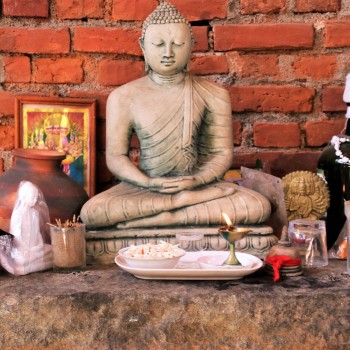
Vesak
Date: May
Vesak is the Poya festival that falls on the moon of March. Vesak Poya is a triple festival of Buddha. On this special day, Buddha was born, located enlightenment, and died many years later. The Vesak festival takes over the city and most of the island. Every home and a place of business hang white paper lanterns lit up at night. Areas like Baudaloka Mawata and Biera Lake are specially decorated.

Nawam Maha Perahera
Date: February
Nawam Maha Perahera is held annually in Colombo; the festival brings the form of a pageant in which hundreds of elephants are adorned with beautiful materials and walked through the city's streets.
The streets are packed with many dancers, drummers, musicians, acrobats, and flame throwers during the celebrations. It is the most colorful festival in the country of Sri Lanka.
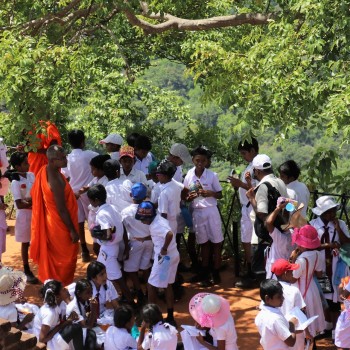
Poson Poya
Date: On the full moon day of June
Poson Poya commemorates the introduction of Buddhism to Sri Lanka. The day is celebrated at temples around the island. Still, the most significant festivals go to Mihintale, where the Buddhist emissary Mahinda converted King Devanampiya in 247 BC, developing Buddhism as the national faith of the Sinhalese. On Poson day, devotees flock to Anuradhapura, the ancient capital city of the country. Illuminations and processions take place all over the country,

Galle Literary Festival
Date: January
The Galle Literary Festival is an event that takes place yearly. Well-known internationally as one of the best literary festivals globally, celebrating spectacular magic of the written word.
Visitors to the festival can enjoy readings, discussions, and a host of exciting and informative workshops.
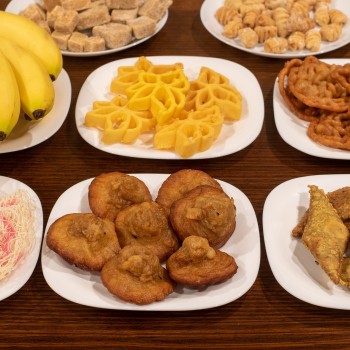
Sinhala and Tamil New Year
Date: April
Sinhala and Tamil New Year, the biggest festival in Sri Lanka that features a pack of rituals and customs, falls on the 13th or the 14th of April every year and notes the end of the harvest season and spring.
Also known as the sun festival, the Sinhala and Tamil new year are rituals performed to honor the God of Sun for hundreds and hundreds of years now. Sri Lankans welcome the new year with many firecrackers, fireworks, and traditional gourmet sweets.
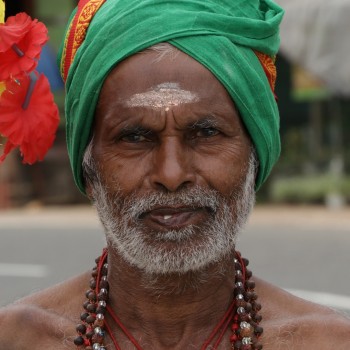
Kataragama Esala Festival
Date: July or August
Kataragama Esala Perehera is the most amazing event of the annual Esala festival, to pay homage to Kataragama Deviyo. It is one of the most significant Hindu festivals in Sri Lanka that brings in countless devotees from throughout the island to the holy town of Kataragama in southerly Sri Lanka over two weeks.
A procession with traditional dancers, kawadi dancers, drummers, fire walkers, elephants, and many other religious rituals is one of the most elegant historical-cultural pageants in Sri Lanka. The fire-walking ceremonies for which the Kataragama festival is famous in the main temple yard after the procession.

Maha Shivarathri
Date: June
Maha Shivarathri is the celebration of the Hindu god Shiva. Maha Shivarathri or Padmarajarathri represents the great night of Shiva or the night of Shiva. The name indicates a night devoted to paying homage to Lord Shiva, also known as Mahadeva, who is considered the supreme god by Hindu devotees. Festivities take place in June in the Hindu Shiva temples around the island; it commemorates several legends related to Shiva, demonstrating both his strength and compassionate manner.
Devotees flock to Shiva Temples after bathing and purifying themselves at dawn. Clad in clean garments, they then carry water pots to bathe the Shiva Linga in the Temple, after which prayers are offered to Vishnu and Shiva.
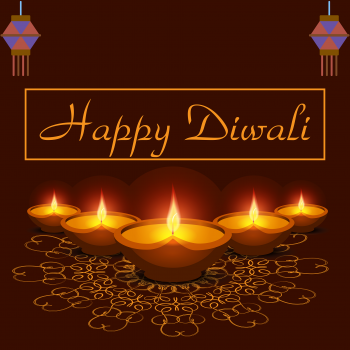
Deepavali Festival / Diwali
Date: October
Deepavali is the Hindu festival of lights; it celebrates Lord Rama's loss of Ravana, representing the loss of light over darkness. Deepavali is celebrated in many eastern countries to welcome spring as a signifier of the victory of good over evil.
In Sri Lanka, Deepavali is primarily celebrated by the Tamil population. Locals cleanse themselves by taking oil baths, wearing new clothing, and giving each other gifts. The most recognizable characteristic of the festival is the burning of firecrackers at night time and the lighting of oil lamps which invite blessings and prosperity.
Attractions / Top Sights
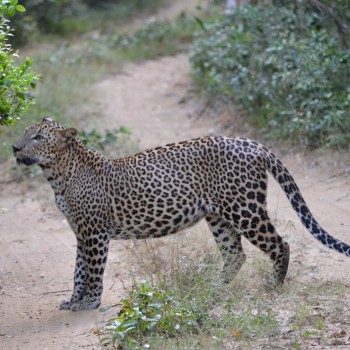
Yala National ParK
When to visit: Between May and August
Yala National Park, the enormous national park, borders the Indian Ocean and has various ecosystems. From the marine environment of the coastline to grasslands to tropical rainforests inland. It has the highest density of leopards globally, so the chances of seeing them are very high.
Though leopards are the main attraction here, they are followed closely by elephants, sloth bears, and crocodiles. The park is divided into five blocks; some zoned to hunters until Yala became a national park in 1938.
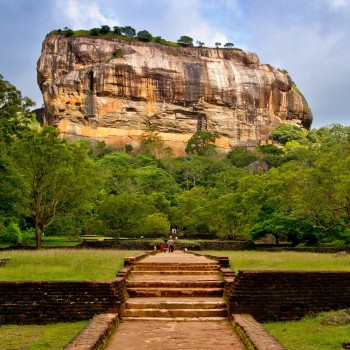
Sigiriya Rock Fort
When to visit: December to April and July to October
When to visit: https://whc.unesco.org/en/list/202/gallery/
Sigiriya Rock Fort, also known as Lion Rock, is an old palace ruin, regarded as one of the Wonders of the Ancient World, located in the central Matale District, near the town of Dambulla in the Central Province, Sri Lanka. The rock walls rise 200 meters from the ground, only to give way to a flat plateau at their summit. There are steep stairwells to reach the top and many frescos to marvel at on the way up.
Sigiriya Rock Fort is a famous tourist destination that falls under the Cultural Triangle region of Sri Lanka, which houses most of its World Heritage Sites.
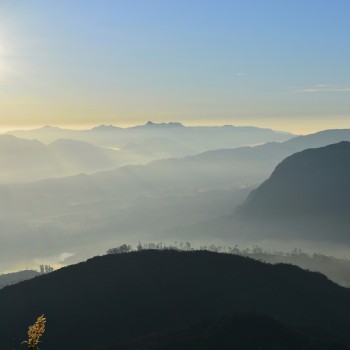
Adam's Peak
When to visit: December to April
Adam's peak is biodiversity, a beautiful tourist spot, and a UNESCO World Heritage Site; it isn't easy to match the spectacular views from Adams Peaks in the whole of Sri Lanka.
At the summit of Adam's Peak is a footprint cast in stone. This footprint, measuring 5'7" by 2'6", is believed to be the footprint of the Prophet Adam, who was said to be 60 cubits tall. It has spiritual significance to several different religions; however, there is currently a Buddhist monastery at the summit. Apart from this spiritual and religious importance, this place is known for the beauty that the vivid greenery provides it.
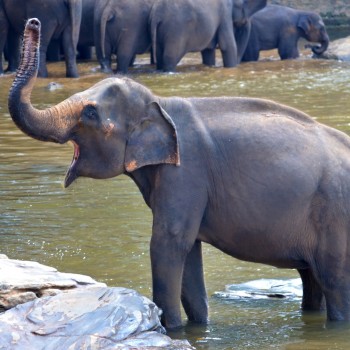
Pinnawela Elephant Orphanage
When to visit: Between December and April
When to visit: https://www.elephant.se/location2.php?location_id=43
Pinnawela orphanage is located in Rambukkana, northwest of the town Kegalla, halfways between the present capital Colombo and the ancient royal residence Kandy in the hills of central Sri Lanka. It was established in 1975 by the Sri Lanka Wildlife department.
This 24 acres large elephant orphanage is an orphanage for elephants, a nursery, and a captive breeding ground. They have giant captive Asian elephants globally, hovering around 100 animals.
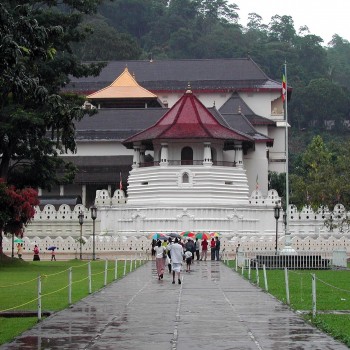
Temple of the Tooth
When to visit: March to May
The Temple of the Tooth is regarded as a highly sacred place. The temple contains one of Buddha’s teeth. Legend says that the tooth was taken from the Buddha on his deathbed, then smuggled to Sri Lanka from India. It was smuggled in the hair of a princess after her father’s kingdom had been besieged.
Temple of the Tooth became influential and celebrated and paraded throughout history. Twice daily, pujas are held to celebrate the relic and offer visitors and devotees the chance to get a glimpse of the tooth.
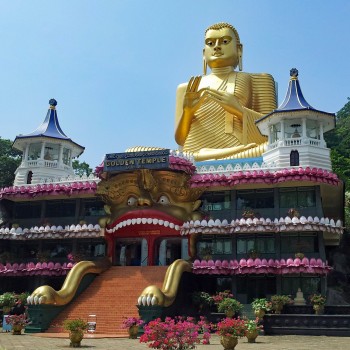
Dambulla Cave Temple
When to visit: Between December and April
The stunning Dambulla cave temple is a UNESCO World Heritage site. It's the largest complex in the country and the best preserved. Aside from the cave temples, there is a giant, golden Buddha statue at the mountain's base, giving the site its other name, the Golden Temple of Dambulla.
In addition, the temple has distinctively 153 Buddha statues, 3 Sri Lankan kings, and four statues of deities that can be seen within the caves. These statues and murals offer fascinating insights into the development of traditional Sri Lankan art and the influence of Hindu culture on it.
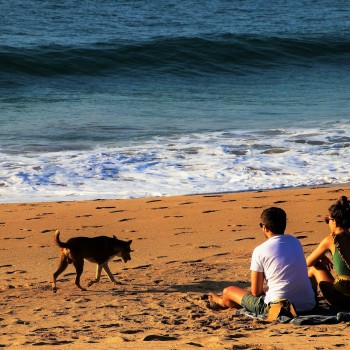
Arugam Bay
When to visit: January to June
A charming Arugam Bay is a small town on the east coast of Sri Lanka that embodies the quintessential laid-back surf lifestyle. Known locally as "Arugam Kudah," it is situated on the Indian Ocean in the dry zone of Sri Lanka's southeast coast. Surfers revere Arugam Bay, the Main Point surf break is within walking distance from the town center but is only recommended for advanced or intermediate surfers.
The main strip in Arugam Bay town is lined with restaurants and hotels to dining on anything from traditional Sri Lankan curry to full English breakfasts.
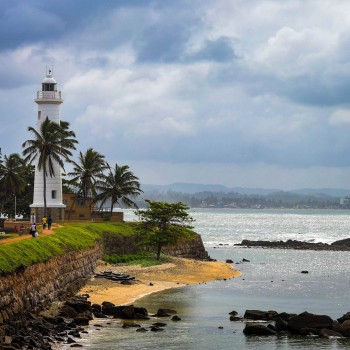
Galle Fort
When to visit: Between October and April
Galle Fort is a 16th-century Dutch fortress complex that has become a significant tourist attraction. Originally built by the Portuguese in the 16th century, most of the structures date to the Dutch colonial period in the 17th century.
Galle Fort is also a tiny fortified village, with homes, churches, a mosque, and shops all within the fortress walls. Today the area is full of modern restaurants, hotels, clothing, and souvenir shops.

